Predict the direction of induced current in the situation described by follow (b)
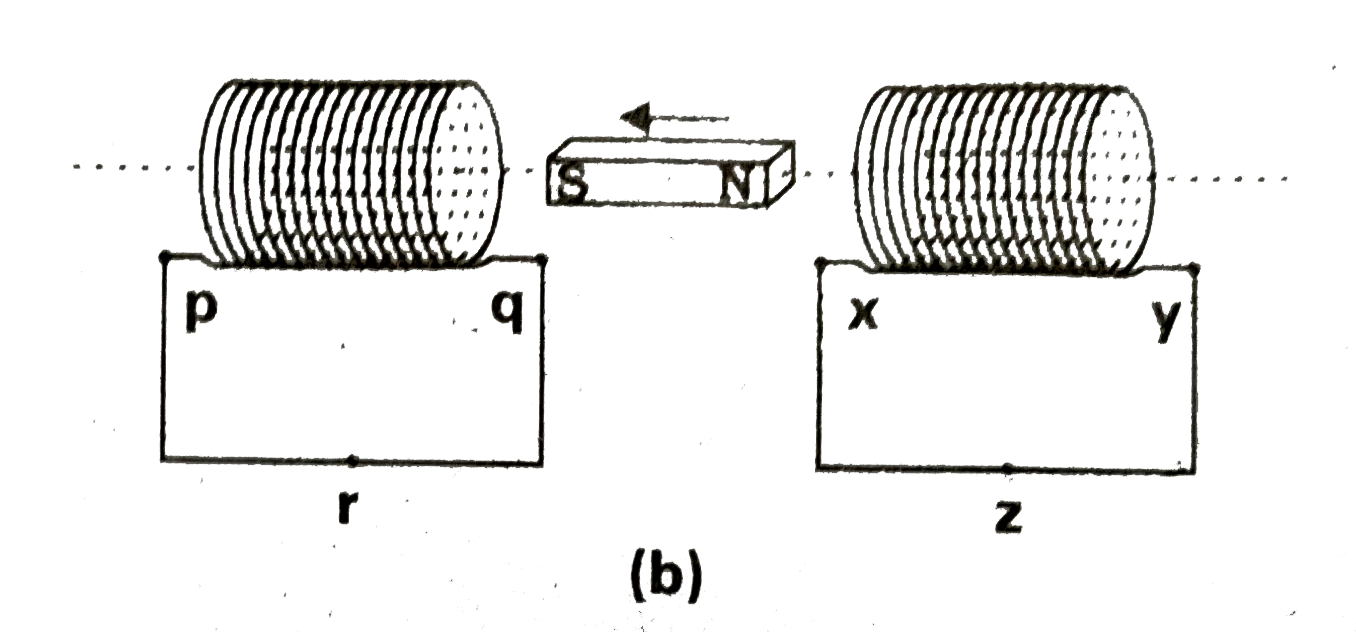 Solution in Telugu
Solution in Telugu
In coil p-q at the end q⇒ s-pole is moving towards end q, so it behaves like a south pole (by lenz's law). The direction of current is clockwise (by clock rule) i.e. from p to q. North pole is moving away so this end will behave like south pole (To oppose its away motion by attracting it). In coil x-y, S-pole is induced (by Lenz's law) and the direction of current is clockwise i.e. x to y.
Topper's Solved these Questions
- ELECTROMAGNETIC INDUCTION BOOK - VIKRAM PUBLICATION ( ANDHRA PUBLICATION)CHAPTER - ELECTROMAGNETIC INDUCTION EXERCISE - Additional EXERCISES
15 Videos
- ELECTROMAGNETIC INDUCTION BOOK - VIKRAM PUBLICATION ( ANDHRA PUBLICATION)CHAPTER - ELECTROMAGNETIC INDUCTION EXERCISE - Long Answer Questions
2 Videos
- ELECTRIC CHARGES AND FIELDSBOOK - VIKRAM PUBLICATION ( ANDHRA PUBLICATION)CHAPTER - ELECTRIC CHARGES AND FIELDSEXERCISE - DAM SURE LAQ
1 Videos
- ELECTROMAGNETIC WAVEBOOK - VIKRAM PUBLICATION ( ANDHRA PUBLICATION)CHAPTER - ELECTROMAGNETIC WAVEEXERCISE - ADDITIONAL EXERCISES
19 Videos
Similar Questions
Suppose the loop in Textual Exercise 4 is stationary but the current feeding the electromagnet that produces the magnetic field is gradually reduced so that the field decreases from its initial value of 0.3 T at the rate of 0.02Ts−1 .If the cut is joined and the loop has a resistance of 1.6Ω how much power is dissipated by the loop as heat ? What is the source of this power ?
View SolutionOutline the path-breaking experiments of Faraday and Henry and highlight the contributions of these experiments to our understanding of electromagnetism.
View SolutionState Gauss's law in electrostatics. Applying Gauss's law derive the expression for electric intensity due to an infinite plane sheet of charge.
View SolutionSuppose that the electric field part of an electromagnetic wave in vacuum is E={(3.1 N/C) cos [(1.8 rad/m)y+{5.4×106 rad/s} t]} i.
What is the direction of propagation ?
View SolutionPredict the direction of induced current in the situation described by follow (a)
View SolutionPredict the direction of induced current in the situation described by follow (c)
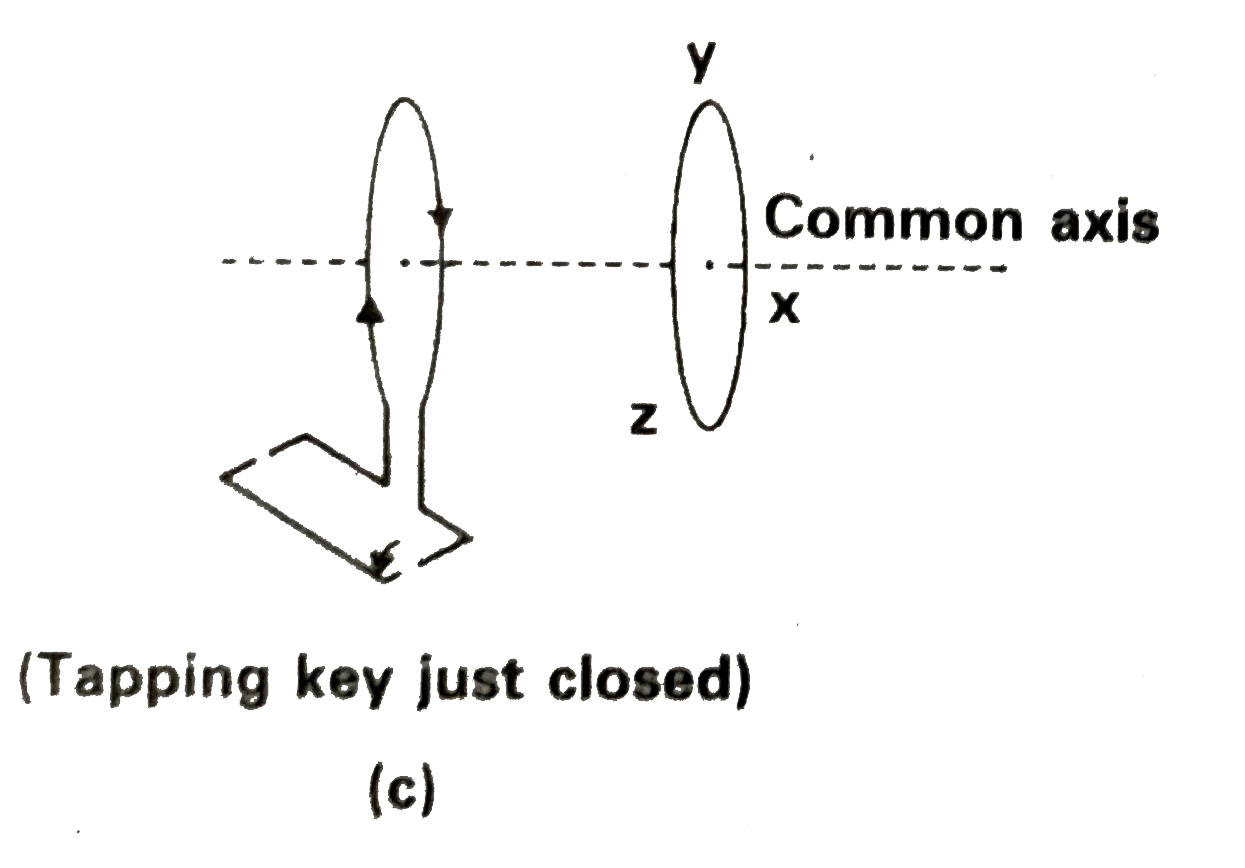
View SolutionPredict the direction of induced current in the situation described by follow (d)
View SolutionPredict the direction of induced current in the situation described by follow (e)
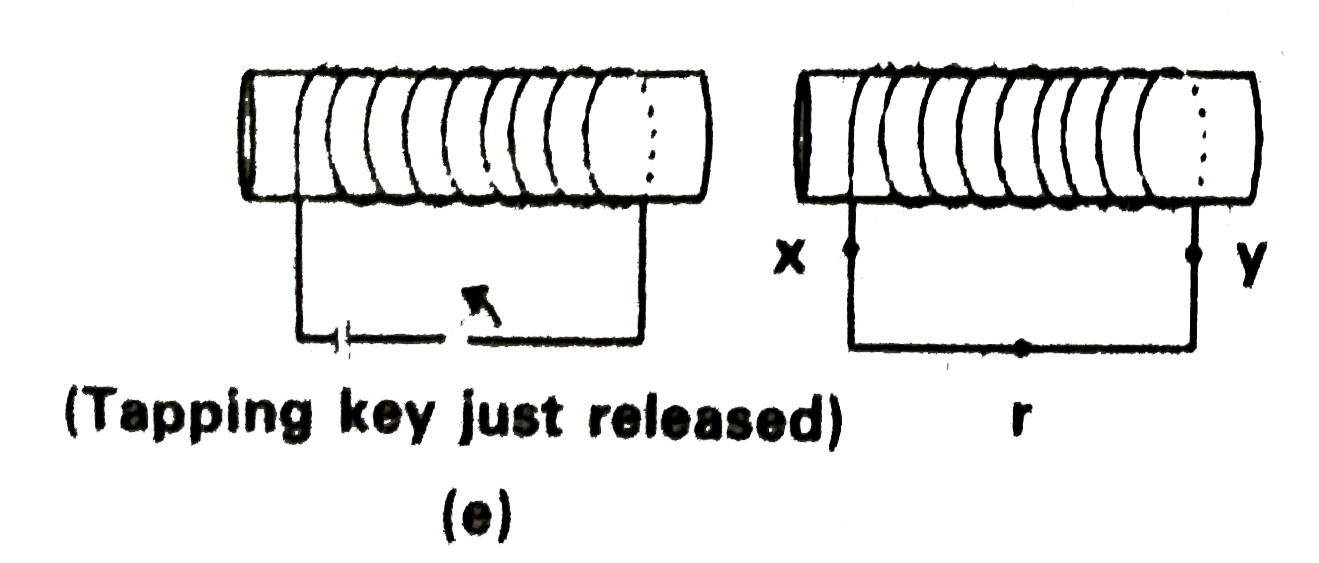
View SolutionPredict the direction of induced current in the situation described by follow (f)
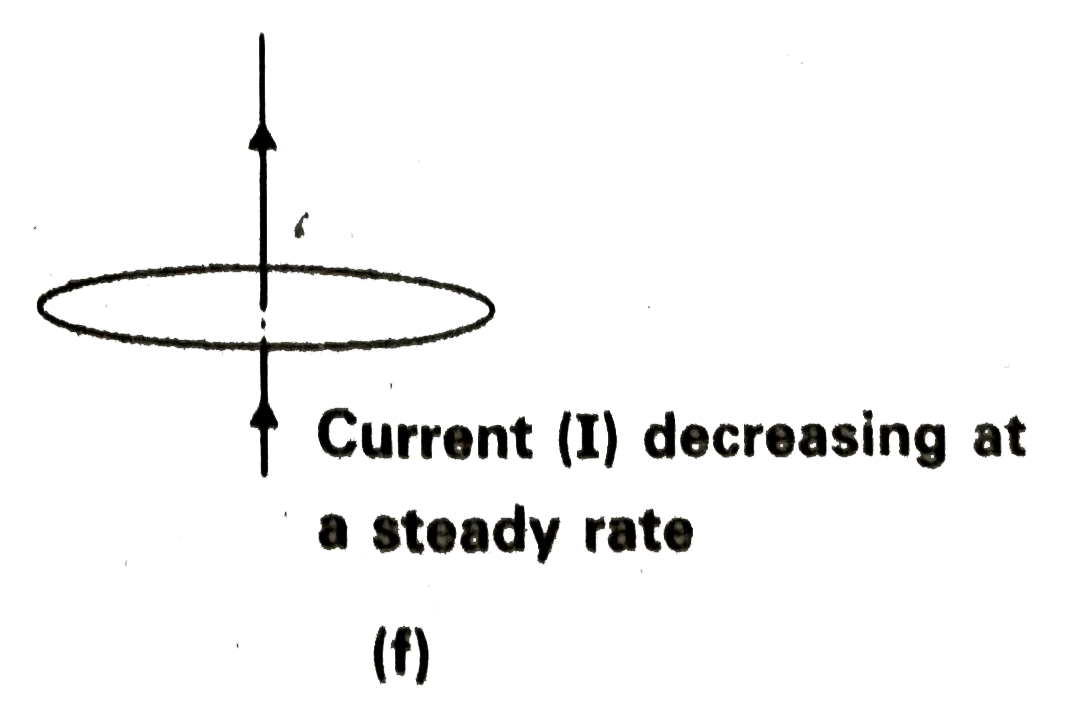
View Solutionचित्र (a ) से (f ) में वर्णित स्थितियों के लिए (For situations described ) प्रेरित धारा की दिशा की प्रागुक्ति (predict ) कीजिये |
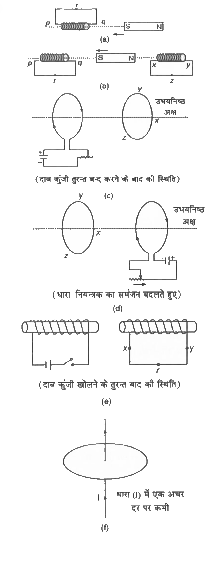
View SolutionPredict the direction of induced current in the situations described by the following figures (a) to (f).
View SolutionPredict the direction of induced current in the situations described by the following Figs. (a) to (f ).
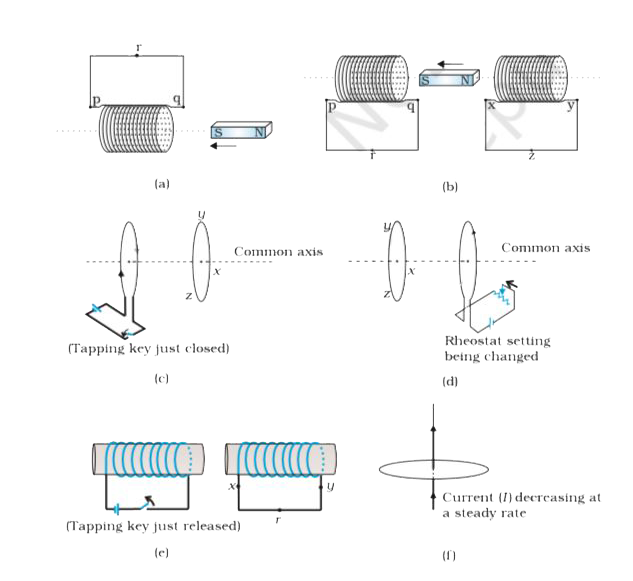
View SolutionPredict the direction of induced current in the situations described by the following Figs. 6.18(a) to (f).
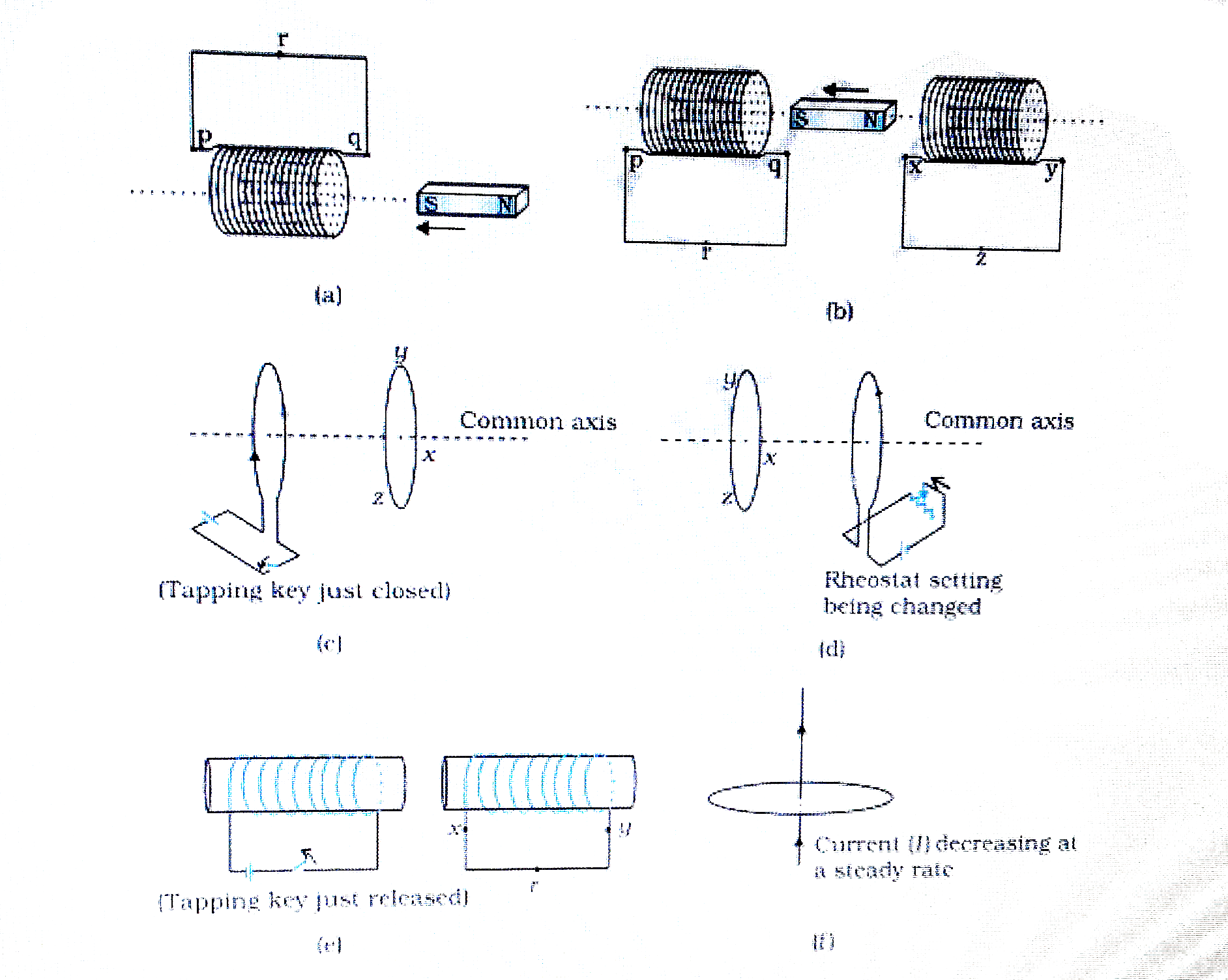
View SolutionPredict the direction of induced current in the situations described by the following figures (a) to (d).
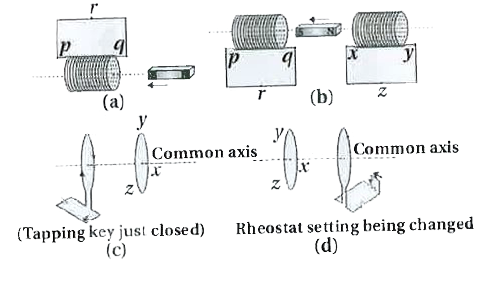
View SolutionPredict the direction of induced current in the situations described by the following figures (a) to (d).
View Solution
